Sustainable alternatives to animal leather
1 billion animals are killed every year in the fashion industry. The slaughtering of animals for leather is certainly not easy to the eyes as some methods can be inhumane, leading to unnecessary suffering for the animals. Some people might argue that leather is just a by-product of the meat industry, but in reality, it is more of a co-product. The leather market was evaluated at USD 444.17 billion in 2022 and it is expected to hit around USD 735 billion by 2032.
It is not a secret that many animals are raised and killed for their skins, including exotic animals like zebras, elephants, crocodiles, lizards, kangaroos, snakes, cows, and many others. Aside from the cruelty that animals go through for their skin, the leather industry also has a big impact on the environment.
Leather production involves the use of several chemicals, such as chromium and dyes used during the tanning process, which can make their way into our waterways if they are not properly managed. Unfortunately, this can have huge effects on ecosystems and the communities that rely on clean water. Moreover, huge areas of land, often cleared from forests, are required for grazing livestock. This contributes to deforestation, biodiversity loss, and soil degradation. Lastly, in terms of carbon footprint, livestock, especially cows, produce significant amounts of methane emissions – 110kg of CO2 equivalent to producing one square meter of cowhide leather.
Luckily, many brands are making products from leather alternatives that are not only cruelty-free, but also have less of an environmental impact. What kind of alternatives are out there? In recent years, creative, innovative and circular plant-based leather alternatives have been introduced, helping the fashion industry drive towards a more sustainable future. Let’s dive into some of these alternatives and what they are made of!
Piñatex®
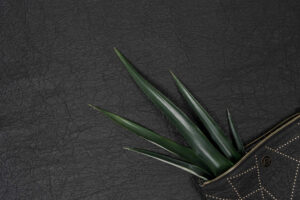
Piñatex® is an innovative and sustainable textile made from pineapple leaf fibres, which are a byproduct of the pineapple farming industry. By using these leaves, Piñatex® creates additional value from agricultural waste and pineapple cultivation.
This material is durable, resilient, biodegradable and can be produced in different thicknesses and textures, making it a very versatile product.
You can check out more about their product and manufacturing process here.
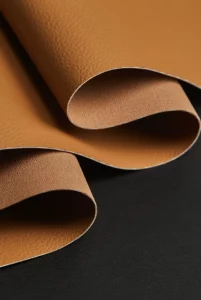
AppleSkin™
Did you know that around 25% of apples are wasted during the pressing process, making apple pomace one of the most produced food wastes, with approximately 4 million tonnes per year worldwide?
Created by VEGATEX, AppleSkin™ is a bio-based leather alternative made from apple pomace discarded by the beverage industry, such as cider, juice and compote which helps to reduce agricultural waste. Because apples are high in cellulose, these fibres have a high potential as textiles.
If you would like to read more about this product and its manufacturing process, click here
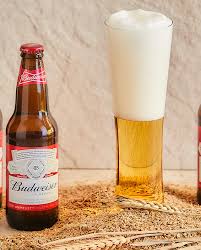
BarleySkin™
Beer becoming leather? Yes, please! BarleySkin™ is the first bio-based leather alternative made from brewer´s saved grains co-developed by VEGATEX and Budweiser APAC in 2021.
Brewer’s spent grain is leftover from the beer brewing process and makes up 85% of brewing waste. About 39 million tonnes of brewing grain are produced worldwide each year. It is rich in protein and fibre, so it has unlimited potential to be reborn through upcycling. VEGATEX uses 40% of this grain from Budweiser to make vegetable protein, and the remaining 60% to make BarleySkin™.
Check out their website to understand how it’s made and what materials it uses.
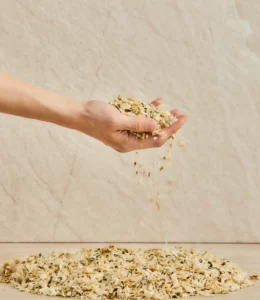
LemonSkin™
VEGATEX also manusfactures a third type of bio-based leather alternative: lemonskin. They use lemon pomace discarded by the beverage industry, for example to make lemonade or lemon juice, to manufacture this leather-alternative. VEGATEX uses a technology to remove sugar from the fruit, which they also use to produce AppleSkin™. They combine the lemon pomace powder together with other materials such as other textiles, Lyocell or recycled PET to create their end-product.
Check out their website for details on the LemonSkin™ production.
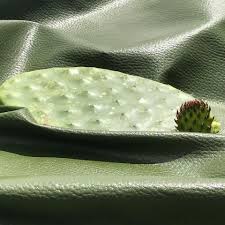
Cactus leather
Desserto® cactus leather was created by the Mexican-based company Adriano Di Marti. The material is made of Nopal cactus, and it is grown in Zacatecas using rainwater and no artificial fertilizers. Once the cactus leaves are cut, they are rinsed to prepare them for processing. After cleaning, the leaves are shredded to a thin fibre and dried. These are then mixed with non-toxic chemicals to add colour and create a leather-like material.
Since cactus is a natural carbon sink, they function as a more sustainable alternative for animal leather and absorb around 8100 tons of CO2 each year.
Cork leather
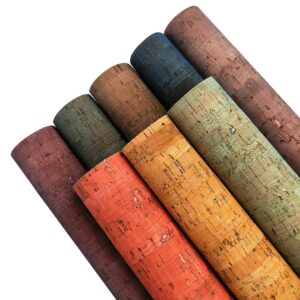
Cork leather is made from the bark of cork oak trees, which are harvested without cutting down or harming trees. This way, the trees will continue to grow and regenerate their bark, making cork a renewable and sustainable resource.
Cork leather is known for its durability, plus it’s lightweight and water-resistant. The material can be dyed and treated to produce different colours, textures and finishes, making it versatile. Moreover, cork leather is biodegradable and can decompose naturally at the end of its life cycle, reducing its environmental impact and waste generation compared to other synthetic materials.
TômTex.
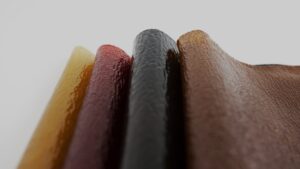
TômTex created bio-based materials that mimic fabrics like leather, among other things. This material is made from two key waste streams: mushrooms and seashells (from the food industry). They do not use any toxic tanning or dying processes, petrochemicals or plastics.
TômTex emphasizes a circular business model, responsibly sourcing all of its ingredients and having transparency across its entire supply chain. The fabrics produced are 100% bio-based and 100% biodegradable.
You can check out more information about this product here.
By exploring and supporting these leather alternatives, we can make conscious choices that benefit both animals and the planet. Remember, every small step towards a more sustainable wardrobe contributes to a larger positive impact.